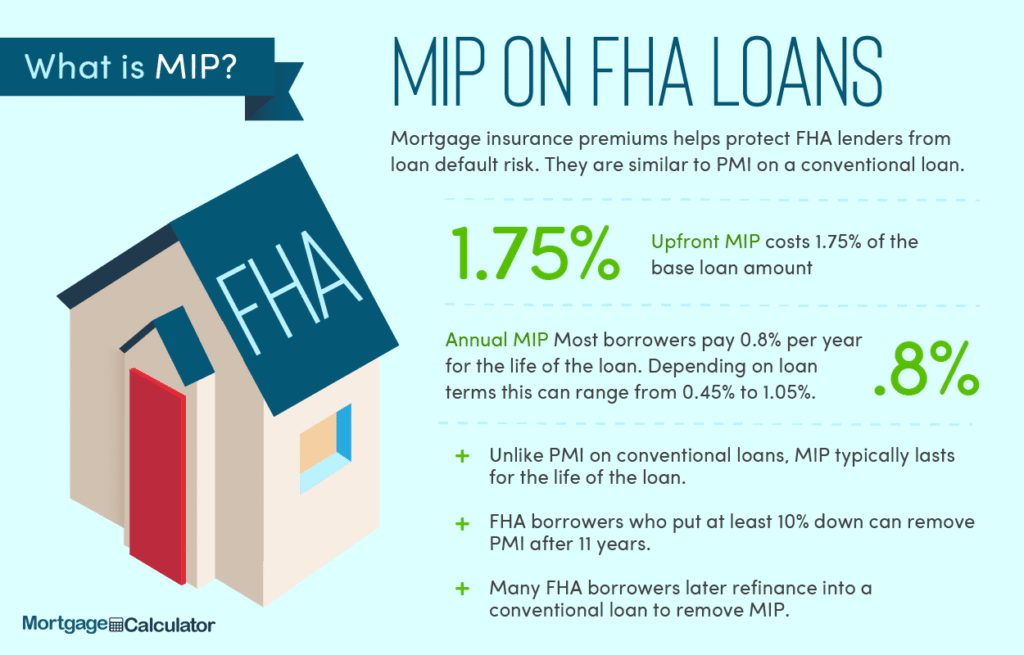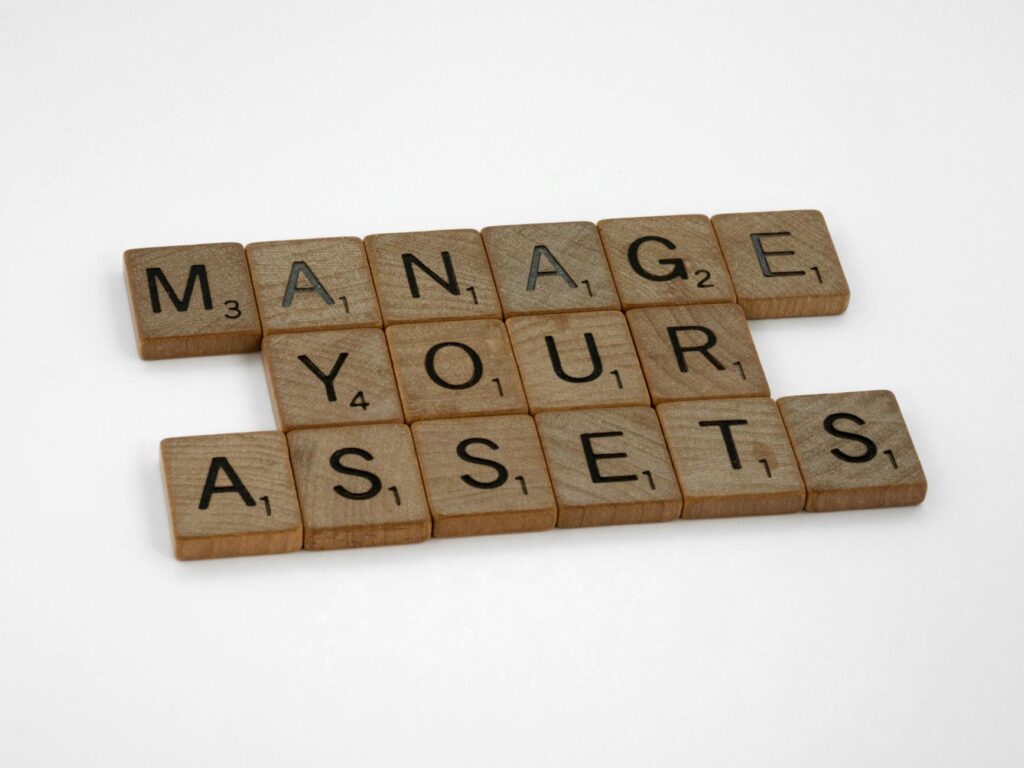When it comes to managing your investments and financial future, the guidance of a trusted advisor can be invaluable. However, there may come a time when you begin to notice that your current advisor is not meeting your expectations or performance goals. If you’re beginning to question whether it’s time to make a change, this post will guide you through the signs to watch for, what to consider when selecting a new advisor, and how to make the transition as smooth as possible.
Recognizing Underperformance
Is your portfolio consistently underperforming compared to similar investments or benchmarks? This could be the first sign that it’s time to evaluate your advisor’s effectiveness. Several factors can contribute to underperformance, but consistent shortfalls are a clear indicator that a change may be needed.

Understanding Advisor Fees
High fees can eat into your investment returns over time. It’s important to understand how your advisor is compensated and whether the value they provide justifies their fees. Comparing fees across advisors can also provide insight into whether you’re getting a good deal.
Communication and Alignment
A healthy advisor-client relationship is built on open communication and shared goals. If you’re finding it difficult to reach your advisor, or if your investment strategies no longer align with your life goals, these are potential red flags.
Exploring New Investment Strategies
Your financial situation and goals evolve over time, and your investment strategy should adapt accordingly. If your advisor seems unwilling or unable to explore new strategies that align with your changing needs, it might be time to look elsewhere.
Assessing Credentials and Experience
When considering a new advisor, it’s critical to assess their credentials, experience, and track record. Look for certifications like CFP or CFA, which indicate a commitment to professionalism and ethics.
Asking the Right Questions
Before making a change, prepare a list of questions to ask potential advisors. These should cover their investment philosophy, how they’re compensated, their experience with clients in similar financial situations, and how they plan to communicate with you.
Technology and Tools
Modern investment management often involves sophisticated technology. Does your current advisor utilize the latest tools and platforms to manage your portfolio and communicate? If not, this could be a sign that their approach is outdated.
Seeking Personalized Advice
One-size-fits-all advice doesn’t work in the nuanced world of personal finance. Ensure your advisor offers personalized recommendations based on your specific situation, goals, and risk tolerance.
Finding the Right Fit
Cultural fit is just as important as expertise. Your advisor should be someone you trust and feel comfortable talking to about your finances. Look for an advisor whose personality and communication style match your own.
Considering the Transition Process
Changing advisors can seem daunting, but it doesn’t have to be. Many advisors offer transition assistance to make the process as smooth as possible. Understanding the steps involved can help alleviate any concerns.
Managing Taxes and Fees
Be aware of potential tax implications and transfer fees when changing advisors. A good advisor will help you navigate these issues to minimize impact on your investments.
Setting Expectations
Once you’ve selected a new advisor, it’s important to set clear expectations for your relationship and investment goals. This includes how often you’ll communicate, the types of reports you’ll receive, and how performance will be measured.

Evaluating the Change
After making the switch, give it some time before evaluating the change. Consider whether your new advisor is meeting your expectations in terms of performance, communication, and service.
Remembering It’s Your Decision
Ultimately, the decision to change advisors should be based on what’s best for your financial future. Trust your instincts, and don’t be afraid to make a change if it feels right.
Conclusion
Choosing to switch financial advisors is not a decision to be made lightly, but it can be a necessary step towards achieving your financial goals. Look out for signs of underperformance, consider what you value in an advisor-client relationship, and don’t hesitate to seek out a better fit if your current arrangement is no longer serving your needs. A successful transition can rejuvenate your financial strategy and help secure your future prosperity.
Frequently Asked Questions
How often should I review my financial advisor’s performance? It’s wise to review your financial advisor’s performance at least annually, but also after major life events or economic shifts.
Can switching financial advisors result in tax liabilities? Yes, depending on how your investments are transferred, there could be tax implications. Discuss these with your new advisor to minimize impact.
What is the average fee for a financial advisor? Fees can vary widely depending on the advisor’s model, services, and your investment amount. However, a typical range is between 0.5% and 2% of assets under management annually.
How do I find a new financial advisor? Start by asking for referrals from friends or family who have similar financial goals and situations. You can also use online tools and directories.
Should I expect downtime in my investment strategy during the transition? There may be a short period of adjustment, but a good advisor will work to minimize any gap in managing your investments.


